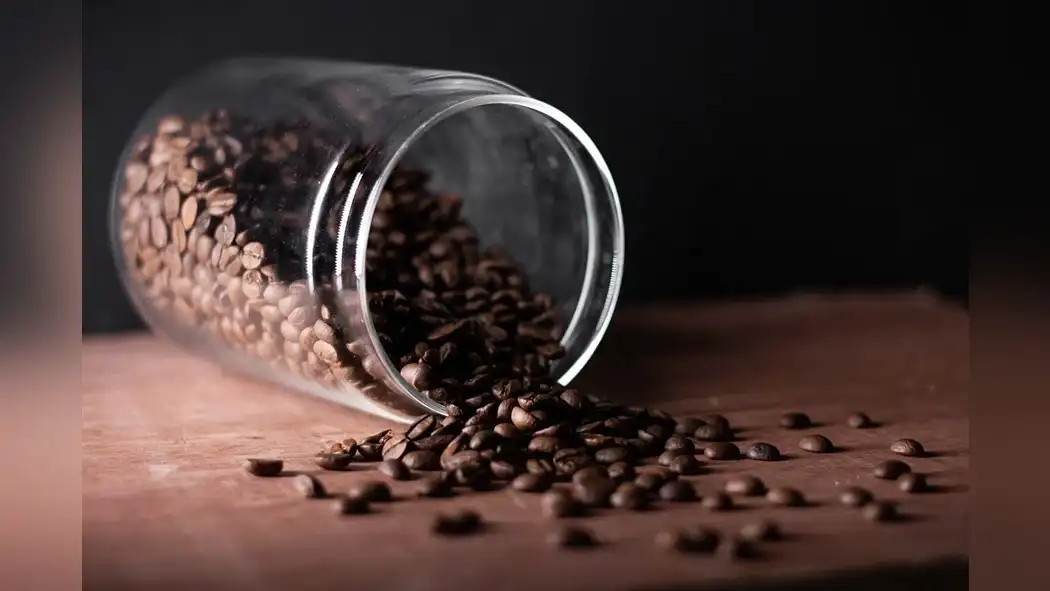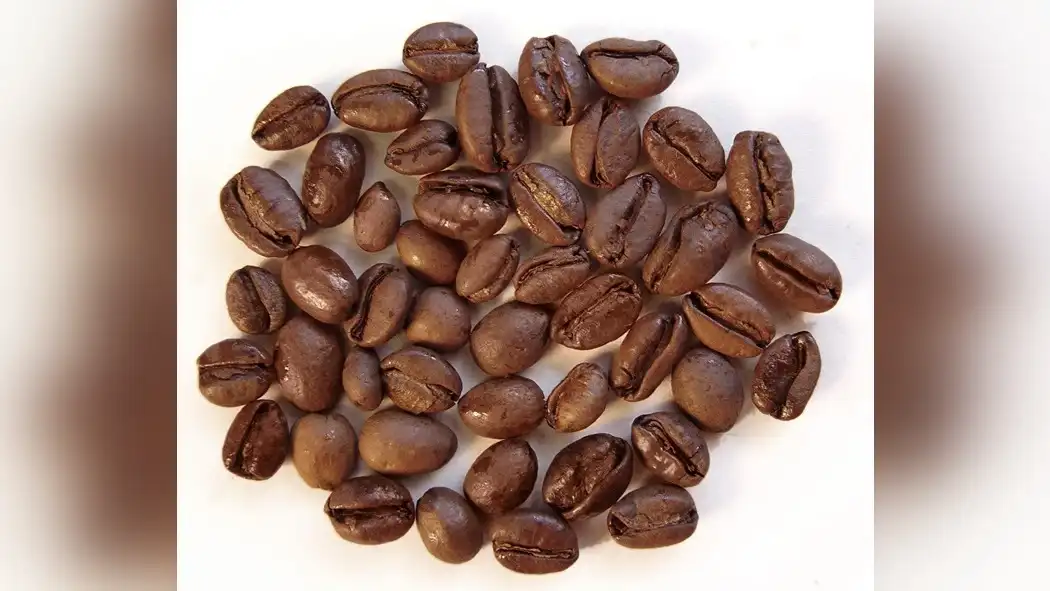Are you ready to explore the delightful world of coffee blends?
Discover how the harmonious combination of crema and robusta coffee creates a truly flavorful partnership.
In this guide, you'll uncover the essential role of crema in enhancing the overall coffee flavor and gain an understanding of the distinct characteristics of robusta coffee.
By the end, you'll appreciate the importance of the crema-robusa partnership and learn valuable brewing tips for achieving a truly delightful and flavorful cup of coffee.
So, get ready to deepen your understanding of the dynamic interplay between crema and robusta coffee for a truly satisfying coffee experience.
The Role of Crema in Coffee Flavor
Crema plays a crucial role in shaping the flavor profile of your coffee, adding richness and complexity to your brew. When you make an espresso, crema forms as a result of the emulsification of oils in the coffee beans. This creamy layer, which is light brown to tan in color, contains a concentration of aromatic compounds and carbon dioxide. It acts as a seal, preserving the aroma and flavors of the coffee underneath.
The importance of crema lies in its ability to enhance the overall sensory experience of your coffee. It contributes to the velvety texture and smooth mouthfeel while also providing a layer of protection from the immediate dissipation of volatile aromas, allowing you to fully savor the intricate flavors.
Additionally, crema indicates the freshness of the coffee beans and the efficiency of the brewing process. The presence of a thick, consistent crema is often a sign of well-extracted coffee, ensuring that you enjoy the full spectrum of flavors and aromas that your coffee has to offer.
Understanding Robusta Coffee Characteristics
To understand Robusta coffee characteristics, you need to recognize its distinct boldness and higher caffeine content compared to Arabica coffee. Robusta coffee is known for its strong, harsh flavor profile with a nutty or woody taste, making it a popular choice for espresso blends. Unlike Arabica, Robusta beans are more resilient and contain almost double the caffeine content, contributing to its characteristic boldness and bitterness. When brewed, Robusta coffee produces a thicker crema due to its higher concentration of compounds such as lipids and proteins.
Here's a quick overview of Robusta coffee characteristics:
| Characteristics | Description |
|---|---|
| Flavor Profile | Bold, harsh, nutty or woody |
| Caffeine Content | Almost double that of Arabica |
| Crema Thickness | Produces a thicker crema when brewed |
When it comes to brewing techniques, Robusta coffee requires careful attention to achieve a balanced flavor. Its higher caffeine content and boldness can easily overpower a brew, so adjusting the grind size and brew time is essential to bring out its unique flavors without overwhelming the cup.
Enhancing Flavor With Crema and Robusta
To enhance the flavor of your coffee using Robusta and its thick crema, start by adjusting the grind size and brew time to balance its boldness and unique qualities.
Robusta beans are known for their ability to produce a rich crema texture, adding depth and intensity to your coffee. When combined with Arabica beans, Robusta can enhance the overall flavor profile, providing a fuller body and a lingering aftertaste.
Experiment with different roast levels to bring out the best in Robusta, as its flavor profiles can vary from earthy and nutty to chocolatey and even slightly bitter. Consider blending Robusta with Arabica in various ratios to achieve the desired flavor complexity.
Additionally, roasting techniques play a crucial role in unlocking the full potential of Robusta beans. A darker roast can help mellow out any harsh notes, while a medium roast may preserve more of the bean's inherent characteristics.
Importance of Crema-Robusta Partnership
The partnership between crema and Robusta coffee's rich texture significantly enhances the overall flavor and depth of your brew. Robusta coffee brings a unique set of benefits to this partnership. Its high caffeine content adds an extra kick to your cup, giving you that morning boost you need. Additionally, Robusta beans contribute to the formation of crema, the golden foam layer atop your espresso. This enhances the visual appeal of your coffee and indicates a well-prepared, flavorsome brew.
Crema holds great significance in the world of coffee. It acts as a seal, preserving the aroma and flavor of the coffee underneath. The presence of crema indicates that the coffee was brewed at the correct pressure and that the beans were fresh. It helps trap the volatile compounds that carry the coffee's aroma, ensuring that every sip is as flavorful as the last.
Moreover, crema adds a velvety texture to your coffee, complementing the robustness of Robusta. Together, crema and Robusta create a harmonious blend that elevates the overall coffee experience, making it richer, more aromatic, and simply delightful.
Brewing Tips for Flavorful Crema-Robusta Coffee
For brewing flavorful Crema-Robusta coffee, start by adjusting the grind size of your Robusta beans to a medium-coarse texture. This will help in maximizing extraction and bringing out the rich flavors of the beans.
Here are some brewing tips to ensure you savor the delightful combination of Crema and Robusta:
- Proper Grinding: Achieve a medium-coarse grind for your Robusta beans to ensure optimal extraction and flavor in your coffee.
- Water Temperature: Use hot water, ideally around 195-205°F, to extract the flavors from the coffee grounds effectively.
- Brewing Time: Allow the coffee to brew for about 3-4 minutes to ensure that the flavors are fully extracted without over-extraction, resulting in a bitter taste.
Conclusion
So, next time you brew your coffee, remember to embrace the flavorful partnership of crema and robusta.
Did you know that in Italy, where crema is highly valued, the consumption of coffee is the highest in the world, with an average of 3.4 cups per person per day?
Keep experimenting with the balance of these two coffee elements to elevate your coffee experience.
Happy brewing!









